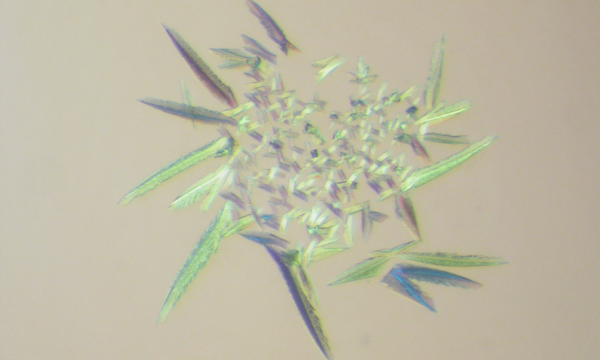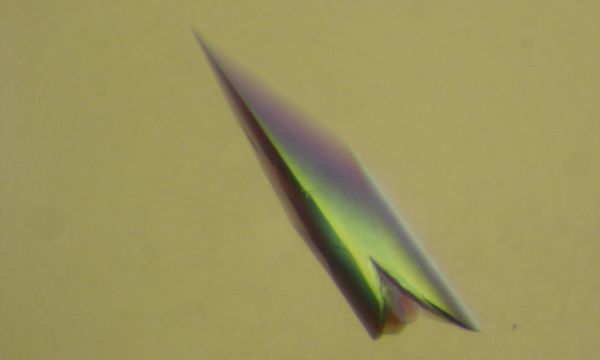A colleague recently commented that if AlphaFold can predict structures now as accurately as they can be determined experimentally, aren’t structural biologists now redundant? Back when the writer started her PhD in molecular biophysics, (in the previous century(!)) her then-PhD supervisor regularly opined that in 10 years, protein crystallographers would be redundant because the protein folding problem would be solved and we would not need to solve structures experimentally. More than 30 years later, following the spectacular achievements of AlphaFold at CASP14, can it be argued that we have reached that place?
Assessing the accuracy of Protein Structure models
Every other year since 1994, there has been a worldwide ‘Critical Assessment of Techniques for Protein Structure Prediction’ (CASP) competition. Participants (modellers) are invited to submit models for a set of proteins for which the experimental structures are not yet public. The accuracy of these predictions can then be assessed against the experimentally determined structure. CASP14 (2020) saw an enormous jump in the accuracy of models of protein structures. British Research Lab DeepMind’s AI ‘AlphaFold’ programme (owned by Google parent company Alphabet), which successfully uses artificial intelligence (AI) to perform predictions of protein structure, is expected to fundamentally advance biological research and accelerate drug discovery.

Protein crystals of a plasmodium falciparum Lactate Dehydrogenase mutant – sometimes more beautiful than useful
Solving protein structures to aid drug development
It is undoubtedly true that solving a new protein structure experimentally is not the outstanding achievement that it was even in the 1980s and 1990s. Structures of proteins and protein complexes contribute to our understanding in several ways. Functional insights can come from the fold of an individual protein or domain, the architecture of a protein complex, like the fatty acid synthase and the ribosome for which Tom Steitz, Venki Ramakrishnan and Ada Yonath were awarded the Nobel prize in 2009 or the structure of an active site or binding site.
In previous years, structure prediction targets have been divided down into individual domains. Whilst in CASP14, progress was made in predicting the structure of multidomain proteins, molecular machines with the complexity of the fatty acid synthase and the ribosome are not yet on the target list.
For tasks such as drug development which depend on the structure of the binding site, accuracy is of the greatest importance not just for the backbone but also for side chains. Whilst the headline story in CASP14 is about the accuracy of the main chain (backbone) structure of the protein targets, the most recent set of predictions have also produced remarkable results even for the side chains of the amino acids. However experimental observation/confirmation of how particular compounds bind is likely to still be of value, particularly for compounds which are surprisingly good, or surprisingly bad.
Happy accidents: milestones in the history of medicine
Often things we would not predict bring greatest insight - serendipitous findings, for example when a protein turns out to have brought important cofactor or analogue with it into the crystal form which would not happen in an in silico folding experiment. An early example was insulin which produced controversy when crystallisation experiments could not be reproduced, and it turned out that the important factor was zinc which was present as a contaminant in tap water, or ‘bench’ chemicals in some labs and not in others, and is essential for the stability of the hexamer. Another great example is the influenza haemagglutinin story – where a low pH induced conformational change observed in crystal structures of the haemagglutinin at different pHs suggested a mechanism for membrane fusion between viral and cellular membranes, a story which continues to develop through the use of single particle cryo-electron microscopy and might be hard to reproduce using protein structure prediction algorithms.
The potential of protein predictions: what benefits do they offer?
For structural biologists - one of the most exciting outcomes of the excellent results achieved by AlphaFold was the news that predicted structures were sufficiently accurate to solve the ‘phase problem’ in protein crystallography, enabling the solution of novel structures by molecular replacement when the experimentalists had been unable to solve the structure by other means. It is not time to sign off the experimental scientists yet. Structural biologists can take advantage of the predictions to give shortcuts in solving new structures and fast forward to experiments that put the flesh on the bones of the structure – telling us the story of not just what the structure of the protein is but how it does what it does.

A crystal of plasmodium falciparum Lactate Dehydrogenase mutant (which we nicknamed Bob) which diffracted to 1.5 Angstrom after being soaked with substrate
Protein structure prediction – the future
AlphaFold has demonstrated that solving a protein structure experimentally does not need to be a stumbling block to progress and in July 2021, AlphaFold was made available for free to the whole world. AlphaFold and other AI protein structure prediction programmes are expected to fundamentally advance biological research and accelerate drug discovery. CASP15 is now underway and, of great relevance to drug design, targets to specifically test structure prediction of ligand binding, with target structures in the presence and absence of ligands, have been released (June 2022) as well as targets to test assembly of protein complexes, including very large targets (3000+ amino acids) and protein antibody complexes (July 2022). Protein structure modellers are pitting their programmes against a new set of targets as we write and we eagerly await the outcome of the latest competition, and look forward to seeing a new generation of protein structure models supporting the patent applications of the future.
If you have any questions about protein structure and drug development or you wish to discuss this update, please contact Andrea Hadfield or your usual Kilburn & Strode advisor.